What is compression fracture?
Vertebral Compression Fracture (VCF) is a type of break that occurs in the bones of the spine.
The spine is made up of a series of vertebrae, and each vertebra is cushioned by a small pad of cartilage. These pads help to absorb the impact of everyday activity, and they also allow the spine to flex and twist.
However, over time, the cartilage can begin to degrade, leaving the vertebrae vulnerable to injury.
However, there is no scientific evidence supporting this claim, at least not in the sense that sleeping on your side could affect your cardiovascular health.
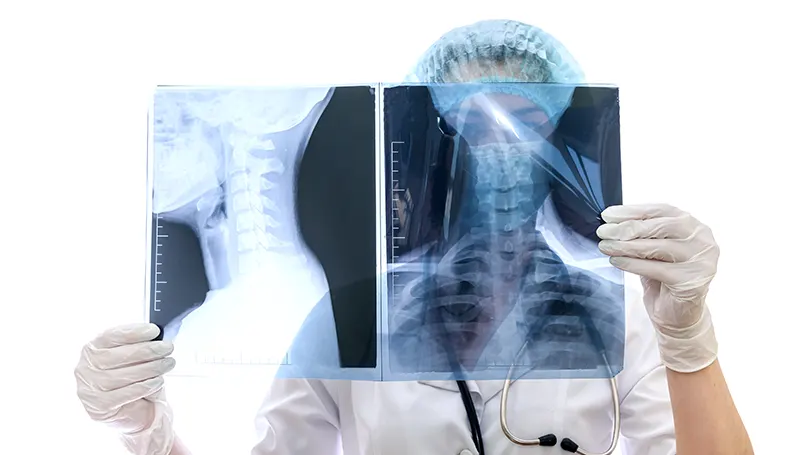
A VCF can occur when a vertebra collapses due to extra pressure on the bone. This pressure can be caused by physical trauma, such as a car accident, or it can be the result of a medical condition, such as osteoporosis. [1]
These fractures most commonly occur in the thoracic (middle) and lumbar (lower back) region of the spine. They can be painful and debilitating, but with proper treatment, most people make a full recovery.
What are the signs of Vertebral Compression Fracture?
There are numerous symptoms of VCF. However, that doesn't mean every time you get a backache, you have a compression fracture.
Spine injury symptoms can be various, so it's best to see a doctor as soon as you notice something.
The ones listed below could indicate fractured vertebrae.
Severe back pain
The most common symptom of a compression fracture is severe back pain which may worsen when you stand or sit for long periods of time, and it may be relieved by lying down.
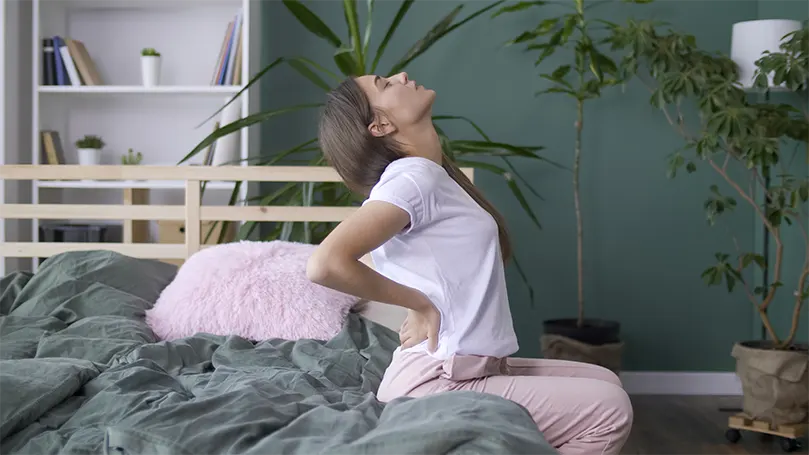
In some cases, the broken bone may press on a nerve, causing numbness, tingling, or weakness in your arms or legs, but more on that later.
Increased back pain while walking
Another common symptom is an increase in pain while walking. This happens because the weight-bearing activity puts extra pressure on the fracture, which can be quite painful. Therefore, you may find that you need to use a walker or cane for support or consider relaxing and lying down.

Muscle spasms
It's not uncommon to experience muscle spasms in the surrounding areas of the compression fracture. Muscle spasms/dystonia are usually a result of the body's natural reaction to the injury and additional strain (compensating for out-of-alignment spine) on the muscles themselves.

Urination & bowel problems
Although not common, in some cases, the compression fracture can cause urinary or bowel problems. This occurs when the fracture puts pressure on the spinal cord or nerves in the area, resulting in incontinence or urine retention. [2]
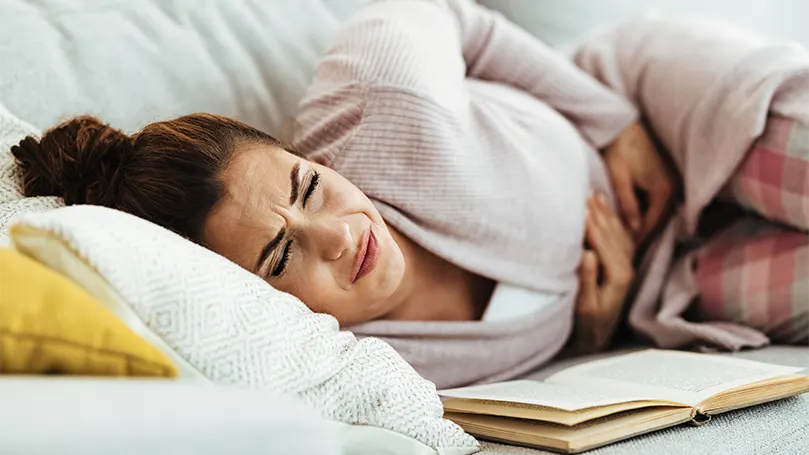
Arms/legs weakness
As we've mentioned earlier, if the fracture pinches or presses on a nerve, it can cause numbness, tingling, or weakness in your arms or legs.

What can cause Vertebral Compression Fracture?
VCF is usually caused by (severe) osteoporosis, physical trauma or an underlying medical condition.
Osteoporosis
Osteoporosis is a condition that causes you to lose bone density. In other words, causes your bones to weaken and become thin. This makes them more likely to break.
Living with osteoporosis of the spine is not easy, and it can affect many people. It's more common in (post-menopausal) women than men, and in people with a family history of the condition, but pretty much anyone is at some level of risk.
Physical trauma
A fall, car accident or other severe trauma can cause a compression fracture. This is more likely to occur if you have osteoporosis, as the force of the impact is more likely to cause a break in a weakened bone than a healthy one.
Underlying medical conditions
Certain medical conditions, such as cancer, can weaken your bones and make them more susceptible to fractures.
Other conditions like ankylosing spondylitis, which is a form of arthritis that affects the spine, can cause VCF. [3]
Osteomyelitis, which is an infection of the bone, can also lead to VCF, and so can Paget's disease.
How can you check for VCF?
We've said it earlier, but we'll double down on it. Don't diagnose yourself based on a numb arm or back pain. But also, don't ignore it.
Long-term effects of spinal compression fracture, NHS claims, can lead to chronic pain, kyphosis, as well as loss of height.
So, undergo the following to check for VCF.
XRAY, CT or MRI
There are several ways you can check for VCF. The most common diagnostic tool is an X-ray, which can show if there has been any vertebral collapse.
CT and MRI scans are also used to diagnose VCF. These scans provide a more detailed image of the spine and can help to identify small fractures that may not be visible on an X-ray.
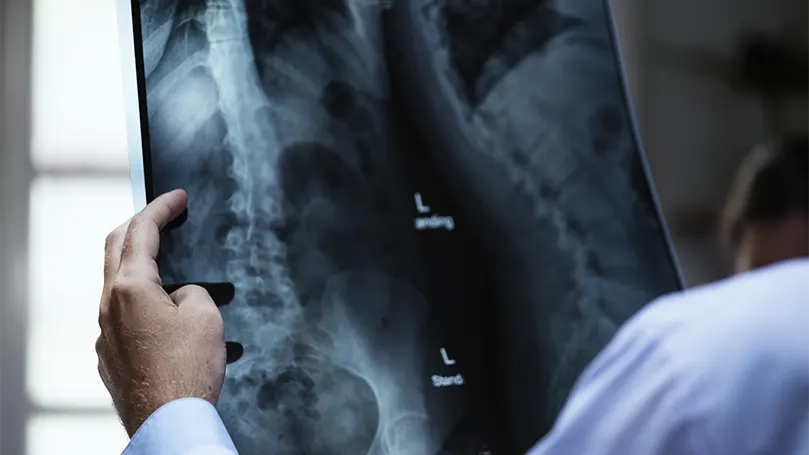
What can you do to treat VCF?
This is the part you're probably most interested in.
There are several treatment options available for VCF, and the best course of action will depend on the severity of the fracture and your individual circumstances.
In many cases, VCF can be treated without surgery, but if all else fails, surgery may be necessary.
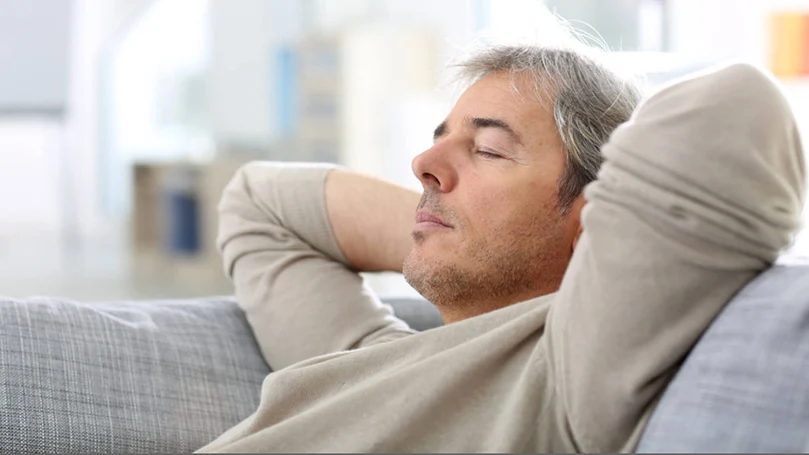
Resting
The easiest thing you can do for VCF is to rest. This means taking a break from physical activity and putting your feet up as much as possible. [4]
You might also want to consider sleeping on your back with a pillow under your knees or on your side with a pillow between your legs. This will help to decrease pressure on the fracture and allow it to heal, but we'll get to that later.
Walker/cane
Not exactly a treatment, but more of a way to make your life easier, using a walker or cane can help to take the pressure off of the compression fractures and allow you to get around without too much pain.
To be fair, removing the pressure from fractured vertebrae will help fractures heal, but it's still going to take some time and you can't quite consider it a treatment in a general sense.
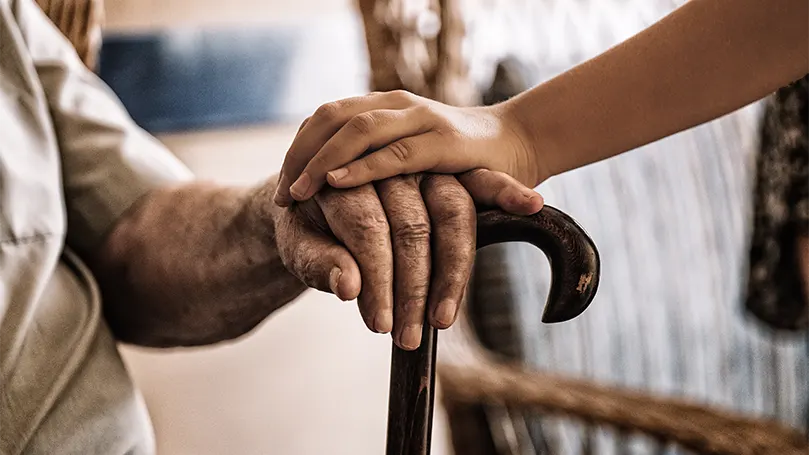
Walk as straight as possible
Hunched-over posture can put additional strain on the fracture and slow down the healing process, so it's important to try and walk as straight as possible. Additionally, if you're at risk for VCF, good posture can help to prevent the condition from developing in the first place.
Use a chair to get up from bed easier
Getting up in the morning can be a tedious and painful task when you have VCF. A good way to make it easier is to place a chair next to your bed so you can sit up and use the chair to help you get to your feet.
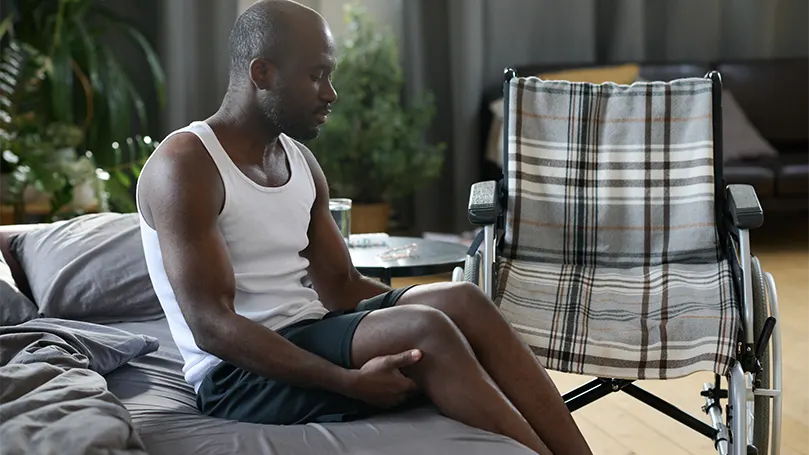
Back brace
When going gets too tough and you just can't take the pain anymore, it might be time to invest in a back brace.
A back brace is a piece of equipment that helps to support your spine and takes the pressure off of the fracture. It's going to heal the vertebrae, but it will take 8 to 12 weeks for the brace to do its job properly and for you to feel the change.
Therapy
Physical therapy can help to improve your range of motion and strengthen the muscles around the fracture. This, in turn, can help to take the pressure off of the fracture and speed up the healing process.
It's important to note that you should avoid physical therapy until the pain from the fracture has subsided enough. Otherwise, you risk causing more harm than good. Also, consult with a physical therapist before you start.
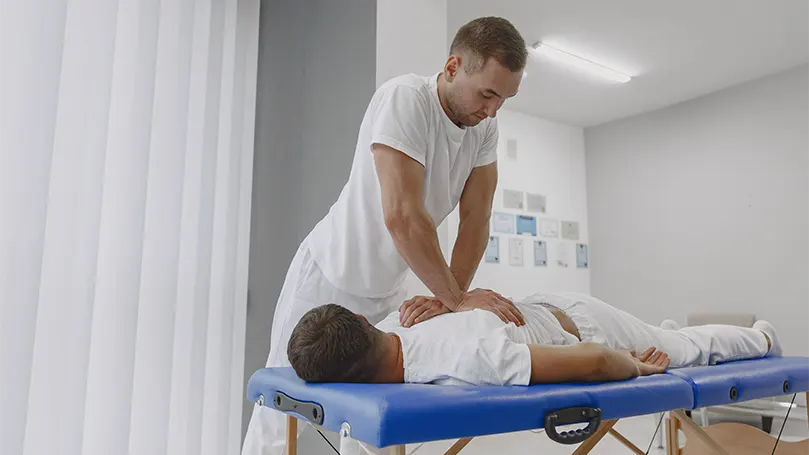
Aside from physical therapy, pain medication might be administered to help you deal with the issue. Bisphosphonates and calcitonin are two of the most common medications used to treat VCF and stabilize bone density to help with osteoporosis. Others like gabapentin, Flanax and Advil are there to relieve pain.
Surgery
If there's no further treatment, spinal surgery is the only option.
The most common surgical procedure for spine compression fracture is vertebroplasty, which involves injecting bone cement into the broken vertebra to stabilize it. [5]
The procedure can be performed under general anaesthesia or with a local anaesthetic alongside a sedative, and it usually takes less than an hour (per vertebrae).
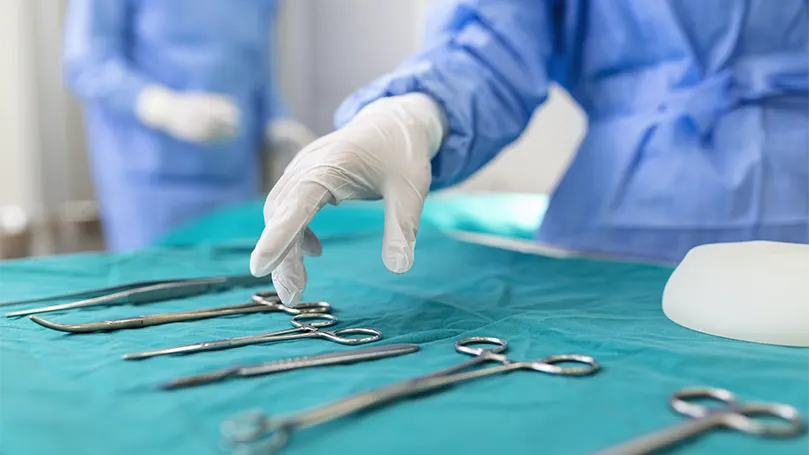
Kyphoplasty is another option, and it's a bit more complicated than vertebroplasty. It involves inserting a balloon-like device into the vertebra and inflating it to create a cavity. The bone cement is then injected into the cavity to stabilize the vertebra. [6]
Both procedures are minimally invasive and have a relatively low risk of complications.
How to reduce VDF pain while sleeping?
Just about any pain can affect your ability to sleep, but compression fracture pain can be particularly disruptive.
There are a few things you can do to ease the pain and get a better night's sleep:
Avoid water beds
While they might be fun, water beds are a bad idea if you have VCF. These beds offer no support whatsoever and can actually aggravate the pain.

Sleep on a firm mattress
The type of your mattress isn't all that important. What is important is that it's firm.
A firm, orthopaedic mattress will offer more than enough support for your back and help to take the pressure off the fracture, thus alleviating pain and discomfort, whilst aiding recovery.
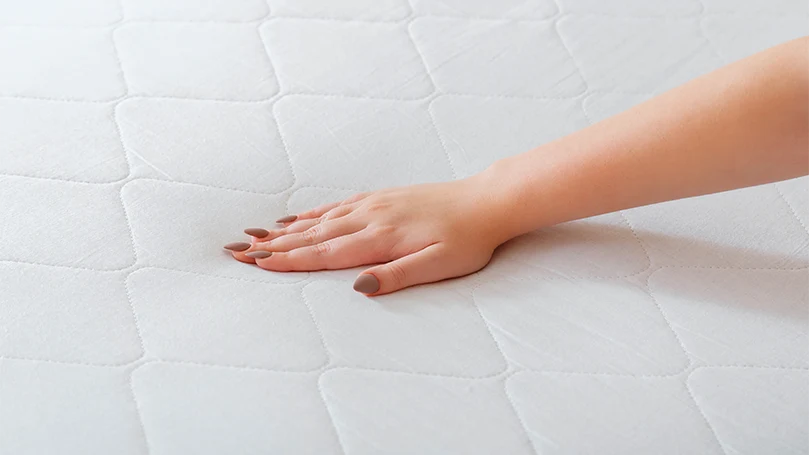
Mattresses like these might not be the most comfortable (although even that's up for a debate), but they're worth it for a good night's sleep. There are a few ways to make your mattress firmer – if you don't want to shop for a new mattress.
Sleep on your back
As we've said earlier, sleeping on your back is the best position for people with VCF. It takes the pressure off the fracture and prevents further damage.

If you're not used to sleeping on your back, it might take some time to get comfy. But once you do, you'll see (and feel) the difference.
Use a pillow
A wedge or even a regular pillow will be a lifesaver.
When lying on your back, place a pillow under your knees to alleviate some of the pressure on your lower back and ease the pain.
If you prefer resting on the side, bend your knees, and place the pillow between the knees.

We wouldn't recommend stomach sleeping, but if you do – keep a regular pillow underneath your waist to level out the spine.
Are compression fractures considered a broken back?
Vertebral fractures are considered broken bones, you could argue that a compression fracture is indeed a broken back.
Technically, however, it's not. Spinal compression fractures occur when the vertebrae collapse, while a “break” happens when the bone snaps or shatters.
This, however, doesn't mean you won't experience any pain. In fact, the pain caused by a compression fracture can be described as “severe pain”, the same as that of an impacted fracture when bones jam into one another.
How long does it take for a spinal compression fracture to stop hurting?
This is a tough one because it varies from person to person and it depends on how long does a fracture take to heal.
For some, the pain might subside in a matter of days, while others might have to deal with it for two or three months. In most cases, though, the pain will start to improve within the first few weeks and continue to do so as the fracture heals.

Of course, this is all assuming that you're following the recommended treatment plan and taking good care of yourself.
Overall, if you're doing everything by the book and you don't have a serious injury, you can expect to make a full recovery in about two to three months.
Conclusion
There you have it.
These are the most important things you need to know about spinal compression fractures.
We hope this article was helpful and that you now have a better understanding of what these are, how they occur, how to treat them, and most importantly – how to sleep with them.
Spread the word
References & sources
- Neurosurgical Conditions & Treatments, AANS.org
- Motor & Bladder Dysfunctions In Patients With Verebral Fractures At the Thoracolumbar Junction, NLM.gov
- Trends in Hospitalizations for Vertebral Compression Fracture, NLM.gov
- Comparative Study on the Period of Absolute Bed Rest of Vertebral Compression Fracture, NLM.gov
- Vertebroplasty, Mayoclinic.org
- Kyphoplasty, Hopkinsmedicine.org
Recommended reading:
- Sleeping on the side & waking up without a pain
- Sleeping with a shoulder pain
- Can a Mattress Cause Back Pain?
- Best time to buy a new mattress
- When is the right time to get a mattress topper?
"*" indicates required fields


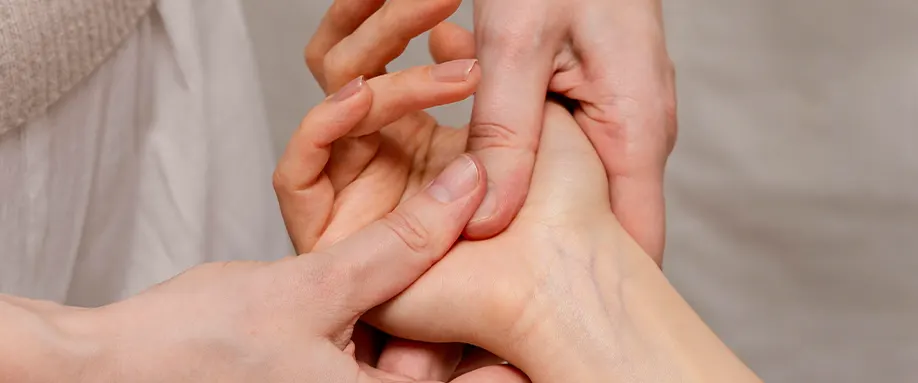

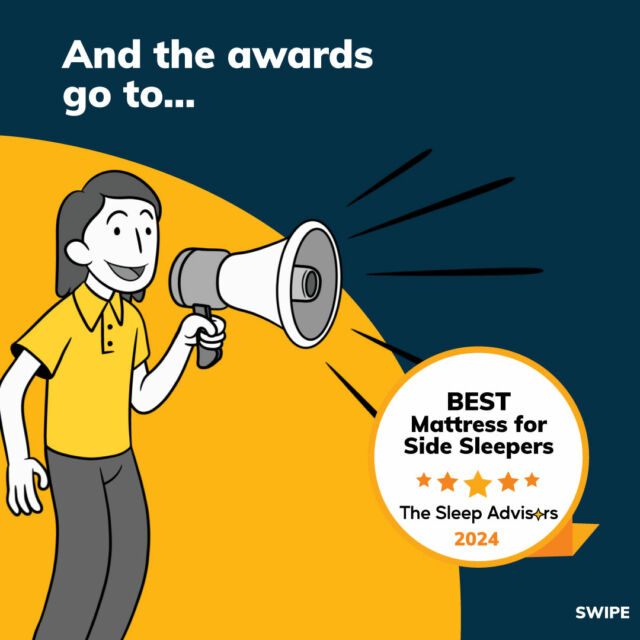







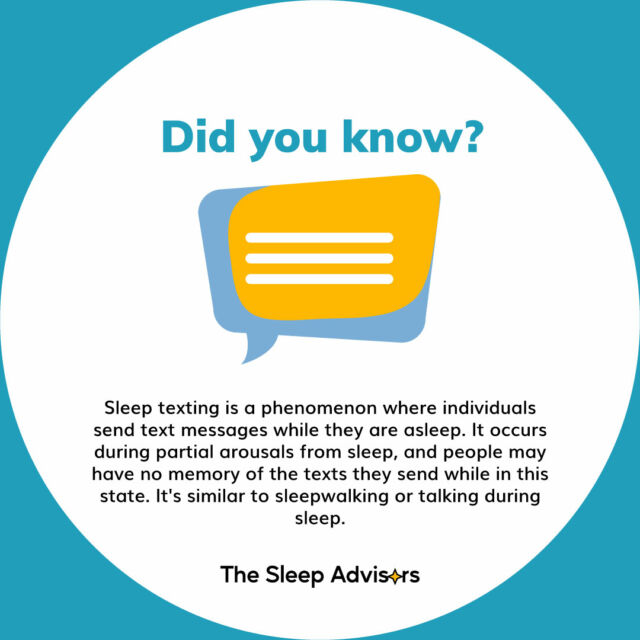
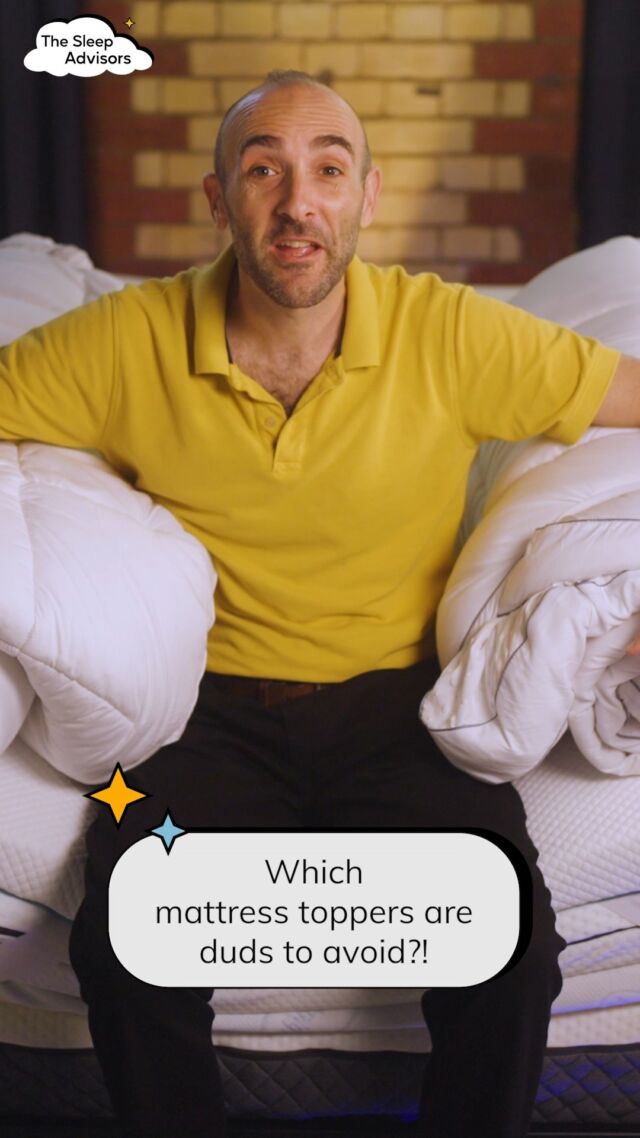


Excellent explanation.I was beginning to think I was going to be in pain forever and that it wasn't normal to feel like that.Awaiting x-ray results .Feeling reassured that the pain I am experiencing is perfectly normal and not overthink any more .
Hey Judy, we're glad that you find our article useful! If you're in doubt, we highly suggest you to consult your GP. Wishing you the best of luck!
Can you fly with a compressed fracture?
Hi Nancy,
Flying is not our area of expertise! We stick to sleep where we have qualified experts to make recommendations.
But, we can refer you to some info on the link below, while reminding you that the best advice you can get for anything health related is to talk to your local GP or Doctor:
https://www.thesleepadvisors.co.uk/fcy4